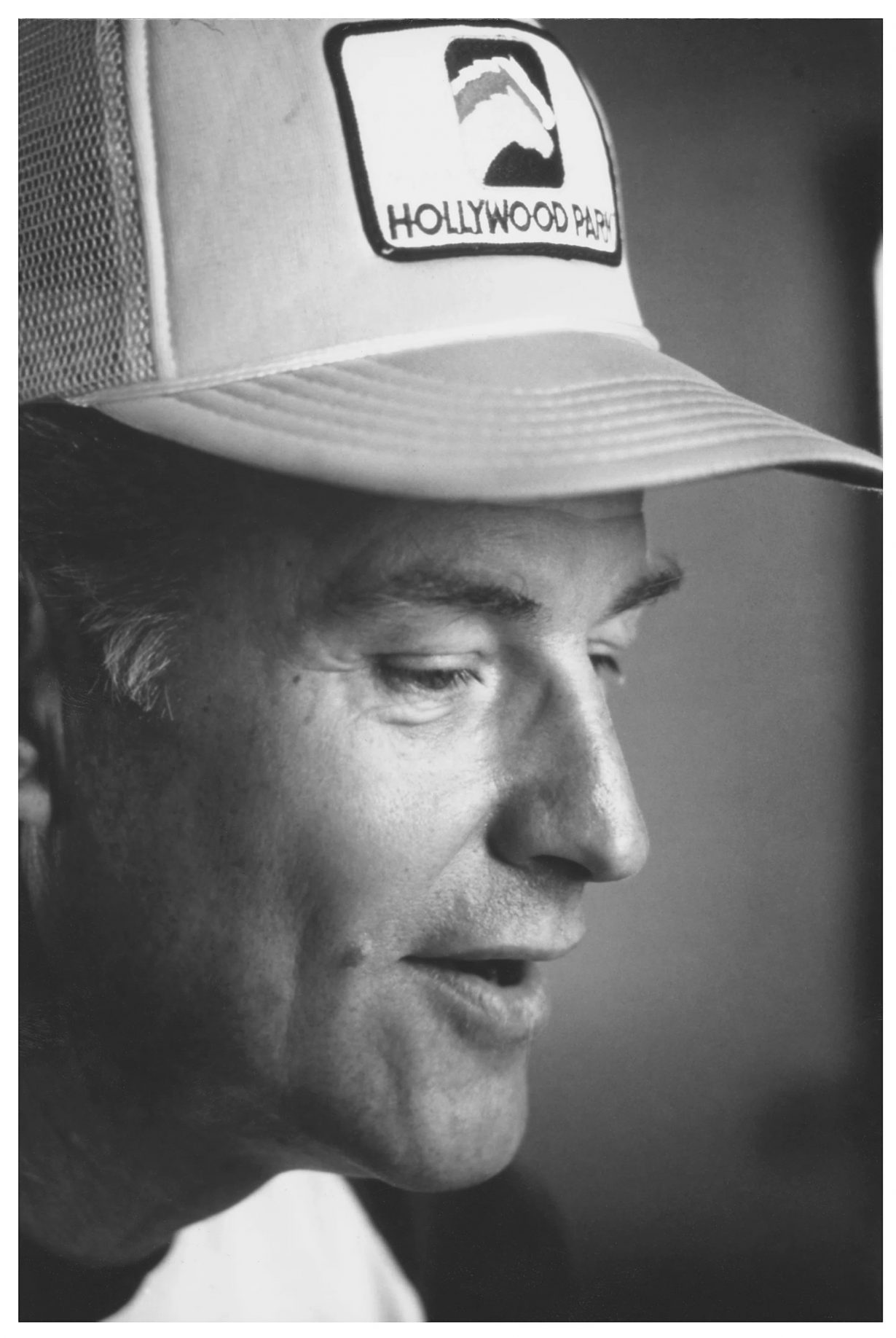
Robert Irwin, the American artist whose work defined the Light and Space movement, originating in Southern California in the 1960s, has died. Irwin began life as a painter but quickly transitioned to working in installation, a medium that better suited his interests: ‘What I want is the quality of light, its energy, its existence as matter’. In 1969 he gave up his studio, leaving behind traditional ways of making art and beginning to work on the architectural scale that is now the hallmark of his practice. Using multiple kinds of mediums, from flourescent lights to tinted gels and paint to glass and windows, he created site-specific installation works that respond to the light conditions of their environments. Many of these became permanent installations in museums around the world, including at The Chinati Foundation in Marfa, Texas and Dia:Beacon in Upstate New York.
Irwin said his favourite metaphor for his work is that he wants to ‘catch lightning in a bottle’. With this body of work fusing an interest in science and philosophy with artistic experimentation and a highly conceptual idea of art, Irwin was one of the main protagonists of American art in the second half of the twentieth century.
Irwin’s work is currently on view at Pace Gallery in London as part of a two-person show, Robert Irwin and Mary Corse: Parallax. A new documentary about his work, A Desert of Pure Feeling, is available to stream on Amazon and Apple TV.